Newly found Assyrian camp supports epic biblical account, expert says
- Oops!Something went wrong.Please try again later.
A recent discovery in Israel may corroborate an epic biblical account of an angel of the Lord wiping out 185,000 Assyrian soldiers, an independent scholar claims.
Stephen Compton, an independent scholar specializing in Near Eastern archaeology, utilized a modern mapping technique to find the discovery of, what he believes, are ancient Assyrian military camps, from circa 700 B.C.
The discovery, which is also detailed in Assyrian texts, Greek histories and the Hebrew Bible, could verify the biblical account of 2 Kings 19:35; Isaiah 37: 36-38 and 2 Chronicles, 32:21.
WORLD'S OLDEST WINE DISCOVERED IN ANCIENT ROMAN BURIAL SITE
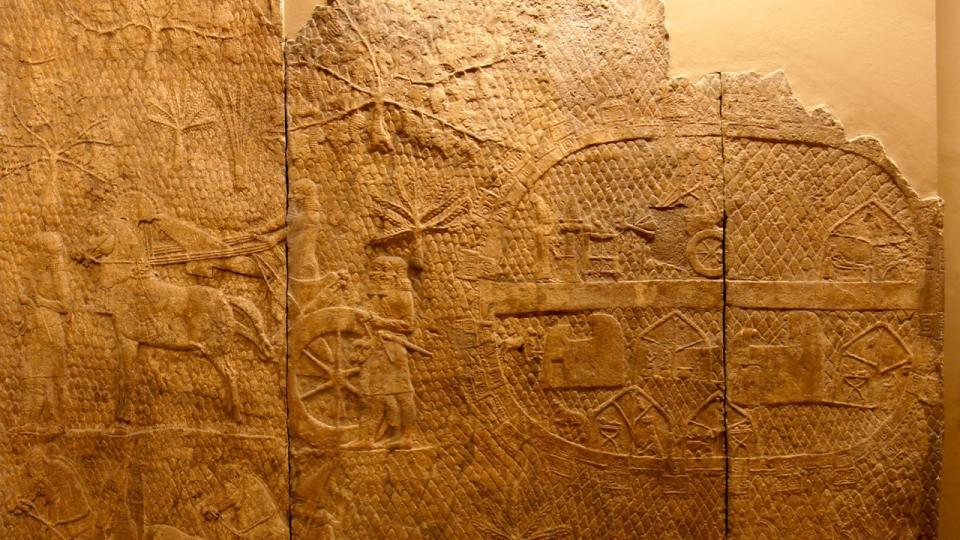
The scholar detailed his finds in the journal Near Eastern Archaeology and shared with Fox News Digital the historical significance.
"One of the important cities that he conquered, which is mentioned in the Bible as well as in Assyrian documents, is Lachish," he said. "And on the wall of Sennacherib's palace he had a relief depicting, in stone carving, the conquest of the city of Lachish, and then after one side his military camp. And his military camp was a large oval. This image from the wall of his palace is now on the wall of the British Museum. But it's never been found."
Matching the landscape to the relief in Assyrian King Sennacherib's palace and using early aerial photographs of Lachish prior to modern development, Compton created a virtual map to pinpoint the site of the military camp.
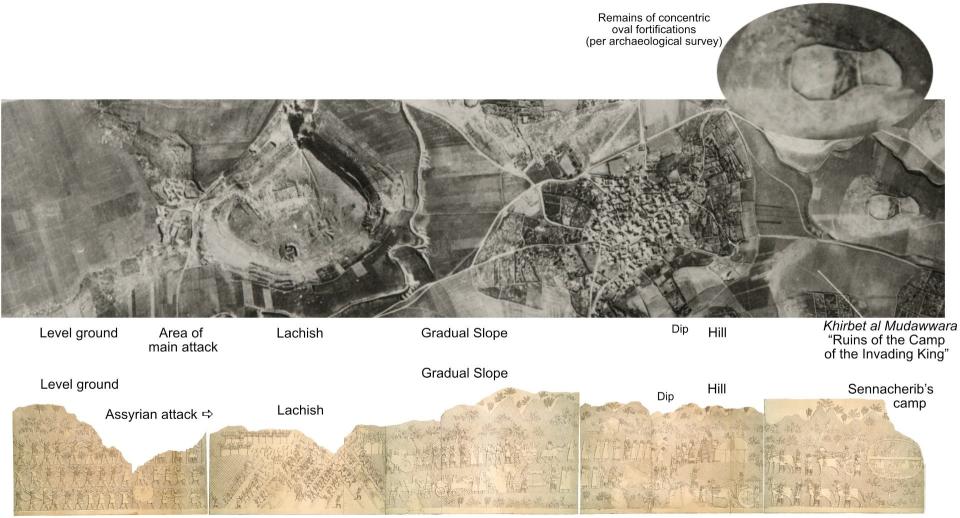
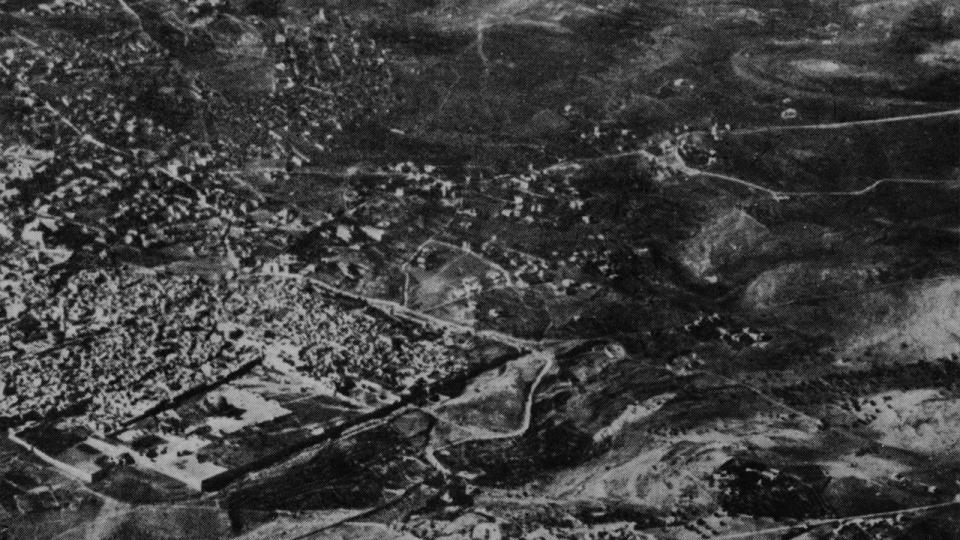
The oval shape of Assyrian King Sennacherib's military camp helped narrow down Compton's research.
"We knew it was an oval. What I did was I took the image of the relief and match it up with recognizable features in the landscape with the actual landscape and overlayed the two," he said. "I used earlier photographs of the landscape from World War II, right before major changes were made."
LOKICERATOPS, A ‘REMARKABLE’ NEW DINOSAUR SPECIES, HAS BEEN FOUND IN MONTANA, RESEARCHERS SAY
"And it was a match," he said.
Compton said the military camp's location, position, dates and name fit into the historical context of Sennacherib’s invasion camp.
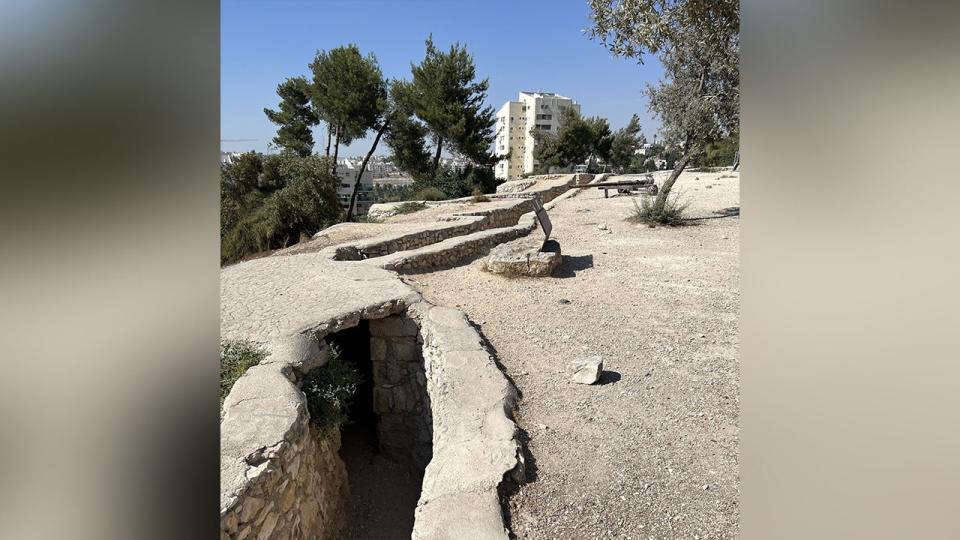
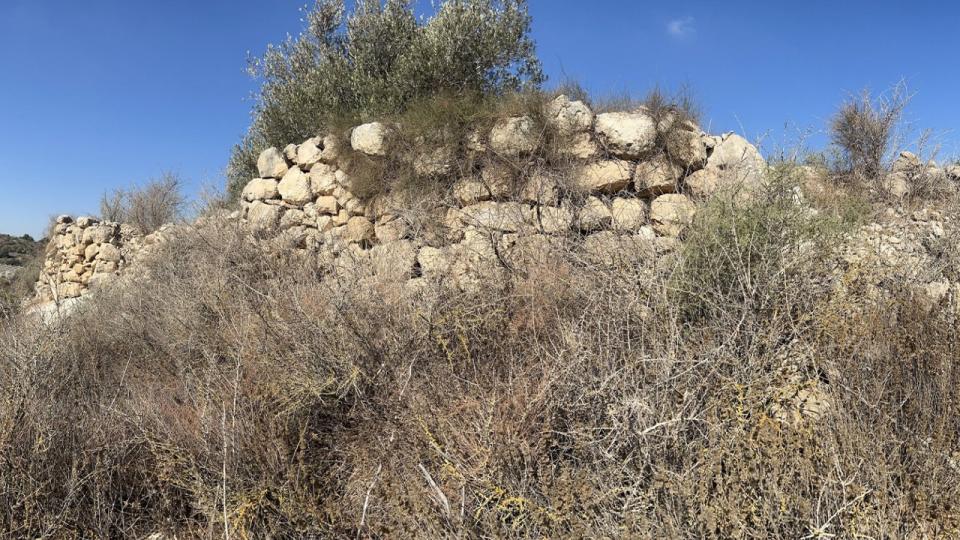
Compton shared that he hopes an archaeological excavation team will investigate the site to provide additional information.
"I think it's exciting to have found the spot, and I hope that we'll soon see archaeological excavations there that can give us more information about the site," he said.
Original article source: Newly found Assyrian camp supports epic biblical account, expert says

